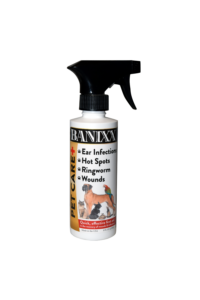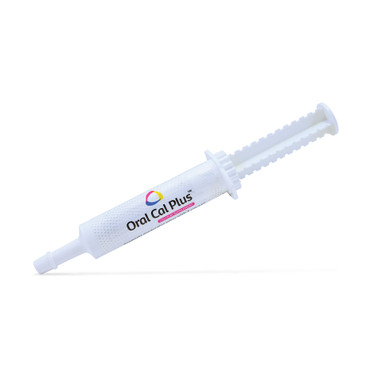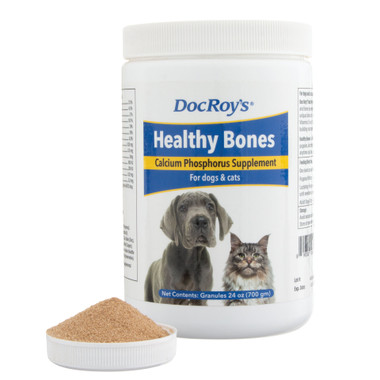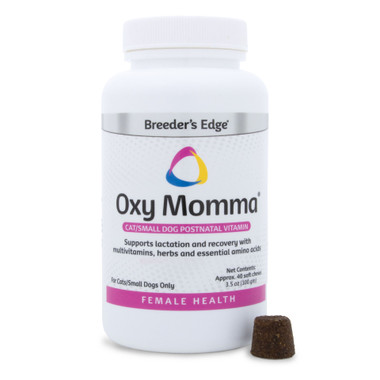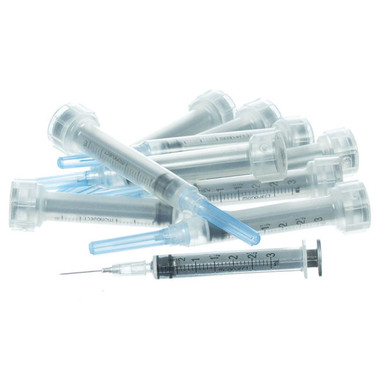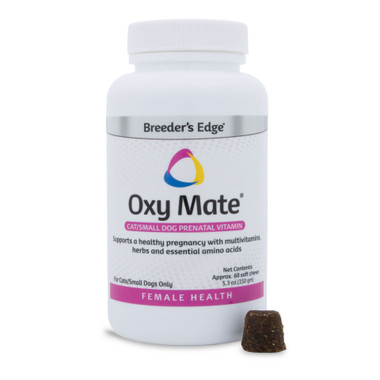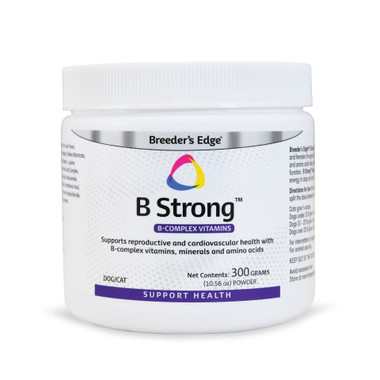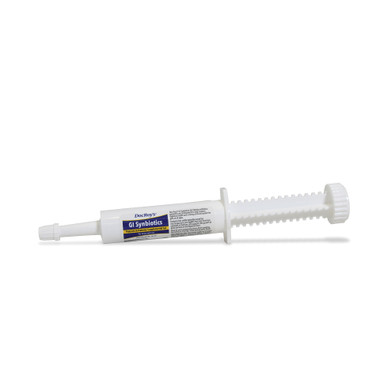HOW MANY TOES?? Caring for the Polydactyl Cat
Estimated 0 min read
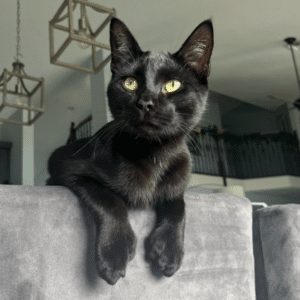
So what is a polydactyl cat?
Understanding Cats with Extra Toes: How to Care for a Polydactyl Cat
In the vast tapestry of the feline world, there are cats that dance to a different rhythm, leaving onlookers both intrigued and charmed.
Imagine a cat with more toes than you’d expect, each one telling a unique story of nature’s whimsy.
As you navigate the world of polydactyl cats, let’s unravel the mysteries behind those extra digits. Then, let’s ensure that you’re well-equipped to appreciate and care for these special felines.
Facts about polydactyl cats
- Polydactylism in cats, caused by a dominant genetic mutation and can lead to 19 to 28 toes
- Extra toes can result in unique challenges, including potential for ingrown nails and increased injury risk
- Polydactyl cats’ enhanced dexterity offers distinct advantages in play and climbing activities.
What are polydactyl cats?
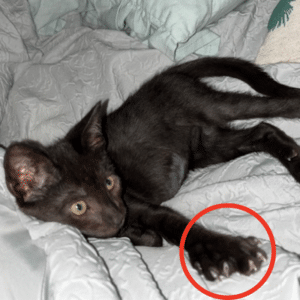
Cat with extra toes (circled)
When it comes to the feline world, polydactyl cats stand out, quite literally, with their extra toes. While most cats boast 18 toes in total, our polydactyl pals can have anywhere from 19 to 28 toes! While the additional digits are the most noticeable feature, polydactyl cats often come with a host of other unique characteristics. From enhanced climbing abilities to a knack for opening doors, these cats are full of surprises.
As we delve deeper into the feline polydactyl world, it’s clear that they’re more than just their extra toes. They’re a testament to the wonders of nature, genetics, and the endless variations that make the feline world so fascinating.
The Genetics of Polydactyl Cats
Have you ever gazed upon a cat’s paw and thought, “Hmm, that’s one toe too many!”? Well, you’re not alone. The world of polydactyl cats is as intriguing as it is adorable. But what’s behind those extra toes? Let’s dive into the genetic pool and unravel the mystery of these many-toed felines.
Polydactyly, derived from the Greek word “poly” (meaning many) and “dactyls” (meaning fingers or toes), isn’t just a fancy term. It’s a genetic phenomenon that gives our feline friends those extra digits. But how does it happen?
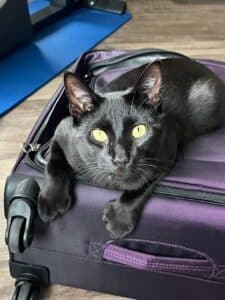
Polydactyl cat
At the heart of it all is a dominant genetic mutation. In the world of genetics, dominant traits only need one parent to pass on the gene for the trait to manifest in the offspring. So, if Mr. Whiskers has extra toes and he becomes a dad, there’s a high chance his kittens will sport those extra digits too. And if both parents are polydactyl? Well, let’s just say there’ll be a lot of toes to count in that litter!
Interestingly, while this trait can pop up in any cat, it seems to favor certain breeds. For example, Maine Coons, Pixie Bobs, and American Shorthairs seem to have won the genetic lottery when it comes to polydactyly. It’s almost like nature’s little wink giving some breeds a unique paw-up in the toe department.
But here’s where it gets even more fascinating. The extra toes can appear on the inside (preaxial or medial) or the outside (postaxial or lateral) of the paw. Imagine a cat with a thumb-like toe, giving it an almost human-like appearance. These innermost extra toes can sometimes even be opposable. Yes, you read that right. These cats can potentially open doors or perhaps even jars of treats (though we haven’t confirmed the latter)!
Now, with all this talk of genetics and mutations, you might be wondering if there’s a secret lab or a mad scientist involved. But rest assured, polydactyly is a naturally occurring trait. It’s existed for generations, making each polydactyl cat a unique piece of feline history.
So, the next time you encounter a cat with those extra toes, take a moment to appreciate the intricate dance of genetics that made it possible.
How to Care for a Polydactyl Cat
Regular Nail Trims
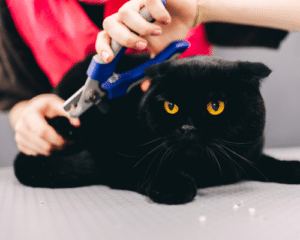
Trim cat nails regularly
For polydactyl cats, those extra toes aren’t just a cute quirk; they come with additional claws that need attention. Hence, regular nail trims are crucial to prevent overgrowth as overgrowth can lead to painful ingrown nails or even infections. If you’re a newbie to the nail-trimming world, don’t fret! Start by getting your cat accustomed to having their paws handled. Use cat-friendly nail clippers and ensure you’re cutting only the tip, avoiding the pink-colored, sensitive Quick. If you’re unsure, seeking guidance from a vet or professional groomer can be invaluable. Remember, it’s not just about aesthetics; it’s about ensuring your many-toed feline’s comfort and well-being. With consistent care, nail trimming can become a bonding ritual, keeping those extra claws in tip-top shape.
Regular Paw Inspections
Polydactyl cats, with their bonus toes, require a keen eye for detail. Regular paw inspections are essential to ensure those extra digits remain healthy and free from issues. Gently spread each toe and look for signs of redness, swelling, or any foreign objects. Those additional toes, especially if they’re nestled between the regular ones, can sometimes trap debris or even become injured. It’s also a good idea to check for any abnormal nail growth or signs of infection. Making paw inspections a part of your daily routine not only ensures early detection of potential problems but also strengthens the bond between you and your feline friend. After all, a little attention to those special paws can go a long way in ensuring your polydactyl cat struts around comfortably.
Enrichment and Play
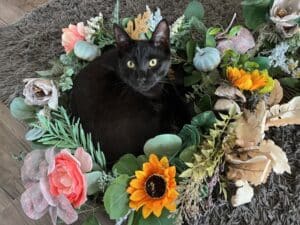
Cat resting in flower basket
Polydactyl cats, with their added dexterity, are a natural when it comes to play. Those extra toes can give them a unique edge. As a result, activities like climbing, batting at toys, or even “grasping” objects help create a delightful spectacle. To tap into this potential, offer a variety of interactive toys that challenge both their physical and mental prowess. Consider puzzle feeders, feather wands, or even motorized toys that mimic prey movements. Climbing structures and scratching posts can also be a hit, allowing them to flex those many-toed paws. Remember, enrichment isn’t just about keeping them entertained; it’s about ensuring their overall well-being. By providing diverse play opportunities, you’re not only catering to their unique abilities but also promoting a healthy, active lifestyle for your special feline.
Comfortable Resting Spots
After a day filled with play and exploration, every polydactyl cat deserves a cozy nook to rest those special paws. While their extra toes are a unique feature, they also mean that these cats might appreciate a little extra cushioning. Consider investing in plush cat beds or hammocks that contour to their body, providing both support and comfort. Elevated spots, like window perches or multi-level cat trees, can also be a hit, allowing them to survey their kingdom from above. And don’t forget those sunlit spots; a warm patch of sunlight can be the perfect place for a catnap. By creating a variety of comfortable resting areas, you’re offering them a haven. But not only that, you’re also ensuring that those many-toed feet get the relaxation and care they truly need.
Regular Vet Check-Ups
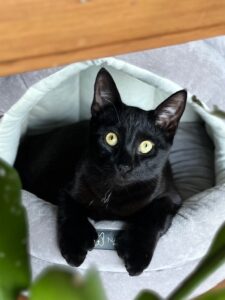
Getting ready for the vet
While polydactyl cats are a delightful blend of charm and quirk, their unique anatomy requires special attention. Regular vet check-ups are paramount to monitor the health of those extra toes and address any potential issues. Vets can provide guidance on nail care, spot early signs of infections, and even offer advice on preventing injuries. Additionally, routine visits can help detect other health concerns unrelated to their toes, ensuring holistic well-being. Remember, it’s not just about those extra digits; it’s about the overall health of your feline friend. By scheduling consistent vet visits you’re taking a proactive approach. As a result, you ensure that your polydactyl remains healthy, happy, and ready to show off those special paws for many years.
Funny Facts About Polydactyl Cats
In the annals of feline history, polydactyl cats hold a special place, not just for their extra toes, but for the tales that surround them. From sailors to writers, many have been enchanted by these many-toed marvels.
Sailors’ Lucky Charm
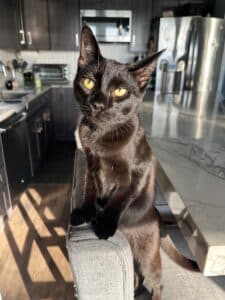
A cat for luck!
Legend has it that sailors considered polydactyl cats to be good luck charms. Their extra toes were believed to give them superior balance, making them adept at navigating the high seas. Moreover, their enhanced hunting skills made them prized mousers, keeping ships free from pesky rodents.
Hemingway’s Feline Companions
The famous American author, Ernest Hemingway, had a soft spot for polydactyl cats. Gifted a six-toed cat by a ship captain, Hemingway’s love for these unique felines grew. Today, the Hemingway Home in Key West, Florida, is a sanctuary for the descendants of his original cats, many of whom are polydactyl.
Mitten Cats and More
Polydactyl cats have earned various nicknames over the years. From “mitten cats” to “thumb cats,” these names often allude to their distinctive paws. In some regions, they’re even called “Hemingway cats” in honor of the author’s fondness for them.
A Global Phenomenon
For the most part, polydactyl cats are more common in the East Coast of the USA and certain UK regions. But, their tales of their charm and prowess can be found worldwide. Their unique appearance and abilities have made them the stuff of legends in various cultures.
As we marvel at the stories and myths surrounding polydactyl cats, it’s evident that their extra toes have added more than just digits; they’ve added depth and wonder to the tapestry of feline lore.
At Banixx, our commitment is to provide you with the knowledge and resources to keep your cat purring with happiness and health. So, whether you’re a seasoned cat owner or just starting your feline adventure, we invite you to join us on our catblog. Our blog covers vital, well- researched information such as how totreat cat hot spotsor takeof your cat’s ear infection. But we also delve into quirky topics such aswhydoes my cat get hairballs, or what’s with theundeniable magic of Catnip?We cover those too..Together, let’s create a world where every whisker twitch and toe stretch is a sign of a contented cat.



